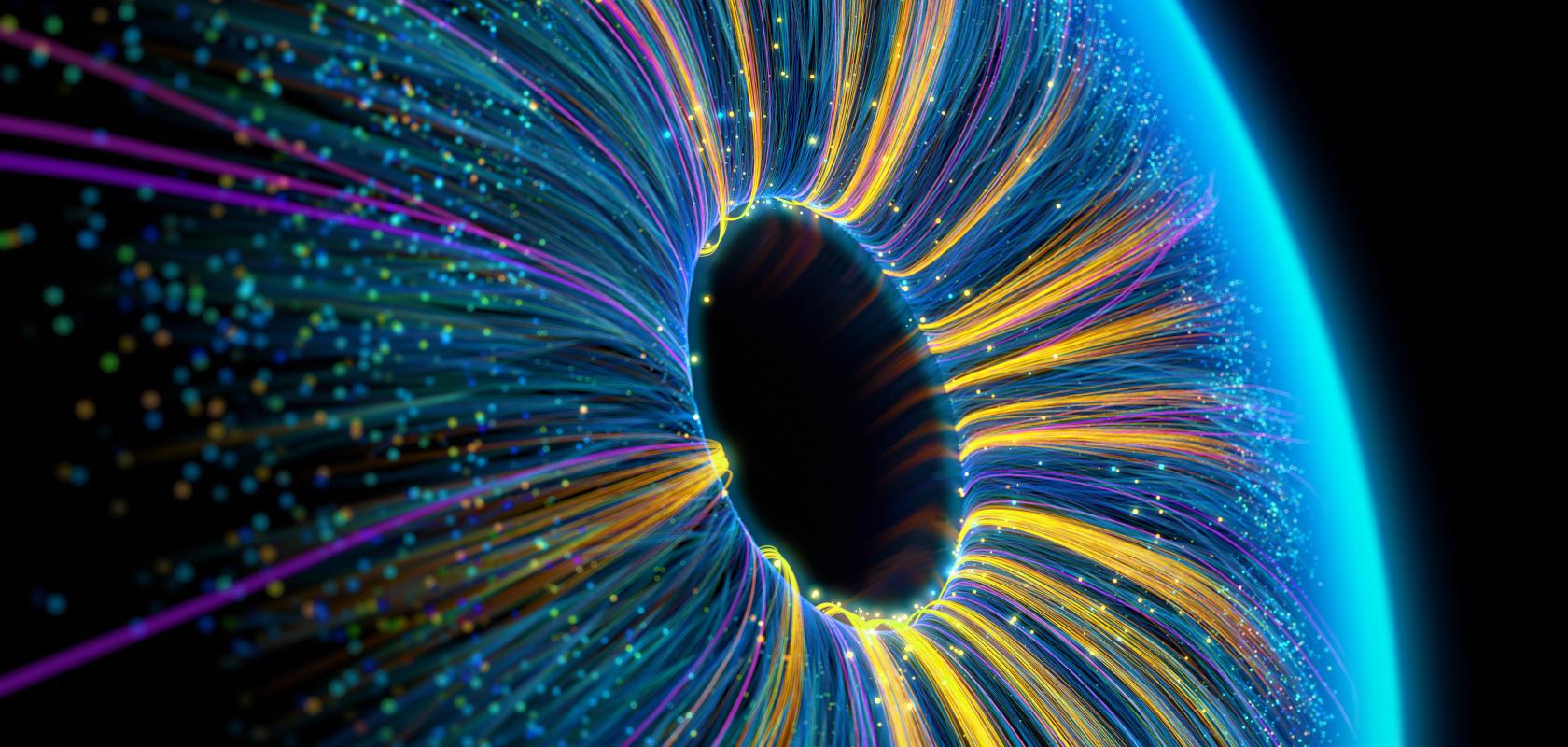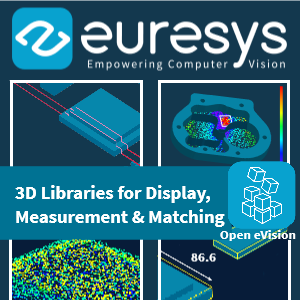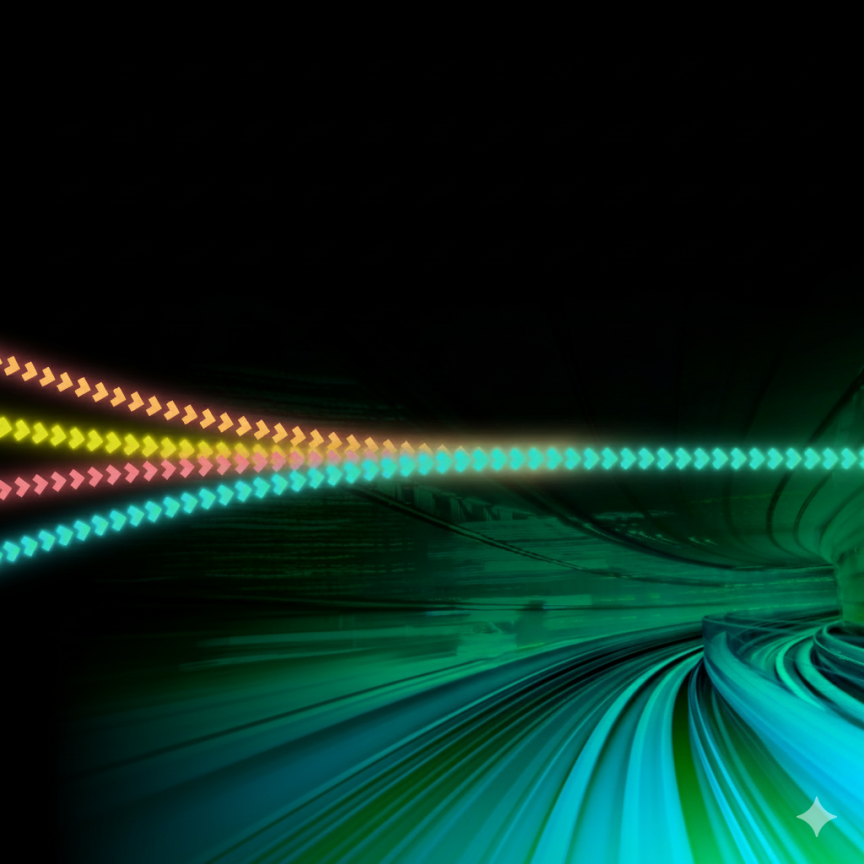3D vision allows the perception and understanding of the three-dimensional structure of objects. More traditional imaging systems capture images in two dimensions, which provide information about the appearance of objects but this can lack the depth information. 3D vision systems can capture this, along with the visual appearance, allowing for a more comprehensive understanding of the scene.
3D vision uses techniques such as stereo vision, structured light, time-of-flight (ToF), and laser triangulation to generate 3D images. It is used in a variety of applications, including robotics, quality control, autonomous navigation, augmented reality, virtual reality, and medical imaging, among others.
In terms of the components required, cameras are the main devices used to capture images or depth information, while light sources are used in techniques such as structured light and laser scanning, to project patterns onto the scene. These include LEDs, lasers, and other sources, depending on the specific application.
Image processing algorithms are used to capture images or depth data to extract 3D information, and depth sensors are designed to capture depth information without relying on stereo vision or structured light. Then there is the software, which is used for controlling hardware components, implementing image processing algorithms, and visualising or analysing the resulting 3D data.
3D vision products on the market now
Vendors of products for 3D vision include Advanced Scientific Concepts (ASC), a provider of standard product and custom global shutter flash lidar solutions that branched out to include artificial intelligence (AI)-enabled, software-defined, 3D vision systems. These systems integrate AI and gsf-lidar technologies to provide enhanced 3D vision capabilities, allowing ASC to provide solutions for a range of applications that require sophisticated perception and decision-making capabilities.
Automation Technology (AT) specialises in the development of 3D measurement sensors and systems for industrial automation, robotics, quality inspection, and metrology applications. Products include 3D cameras, 3D vision systems, software and accessories.
Balluff provides a number of 3D machine vision components, including 3D stereo cameras, 3D vision sensors and smart 3D cameras. The company also offers software modules to optimise the use of the cameras for specific application scenarios, including object recognition, indoor navigation and reach planning. Matrix Vision’s 3D products are available under the Balluff brand, after becoming a member of the Balluff Group in 2017, and completing its rebranding to Balluff MV in 2023.
Basler provides industrial cameras and vision components, such as 3D cameras and imaging software for various applications. The company’s 3D cameras for ToF and stereo vision can be equipped with additional hardware and software to support more application fields. Software modules are also available for special tasks in image-controlled robotics applications.
Cognex has a range of robust 3D machine vision tools for industrial automation, inspection, and robotics application. The In-Sight 3D-L4000 combines 3D laser displacement technology with a smart camera allowing for a fast and accurate solution for a variety of inspections. The 3D-L4000 with VisionPro combines laser triangulation with advanced image formation to create 3D renderings of parts under inspection; while the 3D-A5000 series is an area scan 3D camera designed to capture high-resolution 3D images.
Euresys provides software tools that can address the various challenges of evaluating and prototyping 3D vision applications. The suite of Open eVision 3D libraries can handle the rendering of data sourced from various brands and types of 3D sensors, while the Easy3D foundation library generates 3D representations that can be quickly processed for interactive display using the 3DViewer. The software can also facilitate measurements of entire scenes or specific objects within them via Easy3DObject, as well as comparison and validation against a reference using Easy3DMatch.
IDS has developed and produced products for industrial image processing since 1997. The company’s Ensenso 3D cameras were designed to provide a solution for 3D image capture that is precise, quick, and cost-efficient. Ensenso N, C, X and XR cameras work according to the stereo vision principle, while the Ensenso S series uses an alternative 3D method with structured laser light, which enables a more compact camera design. The latest model is Ensenso C, a stereo vision camera that generates 3D point clouds and 2D colour (RGB) images, thanks to an additionally integrated image sensor.
Industrial Vision Systems is a global provider of vision systems, machine vision and automated inspection machinery. The company offers 3D profiles, sensors and 3D vision solutions for improved factory production, quality control, scanning and process optimisation.
LUCID’s Helios2 Time-of-Flight (ToF) cameras are used in a variety of applications such as pick and place, palletisation/depalletisation, warehouse, robotics and metrology. The Helios2 is growing in popularity, according to LUCID, thanks to its ease of use, reduced footprint, and cost-effectiveness. LUCID offers a range of 3D ToF cameras, including the Helios2+, featuring HDR and High-Speed Mode; the Helios2 Wide, providing a wider 108° x 78° field of view (FOV); and the Helios2 Ray, which LUCID says is designed for outdoor applications.
Orbbec’s mission is to democratise 3D vision technology, by developing a full-stack platform for industry solution developers and offering smart products with performance and value. The company’s latest launch in this area is the Persee N1, an all-in-one combination of a stereo-vision 3D camera and a purpose-built computer based on the Nvidia Jetson platform, equipped with industry-standard interfaces for the most useful accessories and data connections.
Photoneo designs and manufactures 3D vision systems, including ToF cameras and structured light scanners, for applications including bin-picking, logistics, and automotive assembly. The company recently introduced a 3D scanning method to improve the signal readouts on transparent and shiny objects. The new method of MotionCam-3D relies on Photoneo’s Computational Image Sensor and the Parallel Structured Light technology, to offer higher scanning speeds.
Sick’s 3D vision portfolio spans the full range from high-speed 3D cameras to easy-to-configure stand-alone 3D vision sensors. The company most recently launched the Nova 3D Presence Inspection sensorApp, for use with its compact Visionary-T Mini AP camera. The combination is designed to configure machine vision inspections in 3D in a snapshot.
Teledyne Dalsa manufactures machine vision components, including sensors, and software. The company’s Z-Trak is a series of 3D profile sensors designed to deliver high-resolution, real-time height measurements using laser triangulation. The lightweight profile sensors find uses in applications such as in-line measurement, inspection, identification and guidance applications in automotive, electronics, semiconductor and factory automation.
Zivid’s range of 3D colour cameras and software is designed to help customers to increase efficiency and productivity in a range of applications including de-palletising, bin-picking, pick and place, assembly, packaging, material handling, robotic welding, inspection and quality control. Zivid 3D machine vision is also ideally suited to smart factories and warehouses for Industry 4.0.
This is not an exhaustive list. If you provide products for 3D vision and would like your company to be included, please let us know at: editor.imaging@europascience.com.
Euresys: Featured 3D vision product
Euresys’ software tools address the various challenges of evaluating and prototyping 3D vision applications.
A bundle of Open eVision 3D libraries manages the rendering of data coming directly from multiple 3D sensors, brands and types (e.g. Depth Maps, Point Clouds, Zmaps). The resulting 3D representations produced by the Easy3D foundation library are then processed for a fast and interactive display (3DViewer), Measurements of the whole or specific objects in it (Easy3DObject) or comparison and validation compared to a reference (Easy3DMatch).
A specific solution is also provided for the extraction of 3D information from a laser line setup. Euresys Easy3DLaserLine provides the necessary functions to implement a high-precision calibrated single or dual laser line triangulation setup. Open eVision 3D Studio (a free tool) drastically simplifies the configuration of single and dual 3D laser line inspection systems using the Coaxlink Quad 3D-LLE frame grabber, as well as the Easy3D and Easy3DLaserLine libraries.



